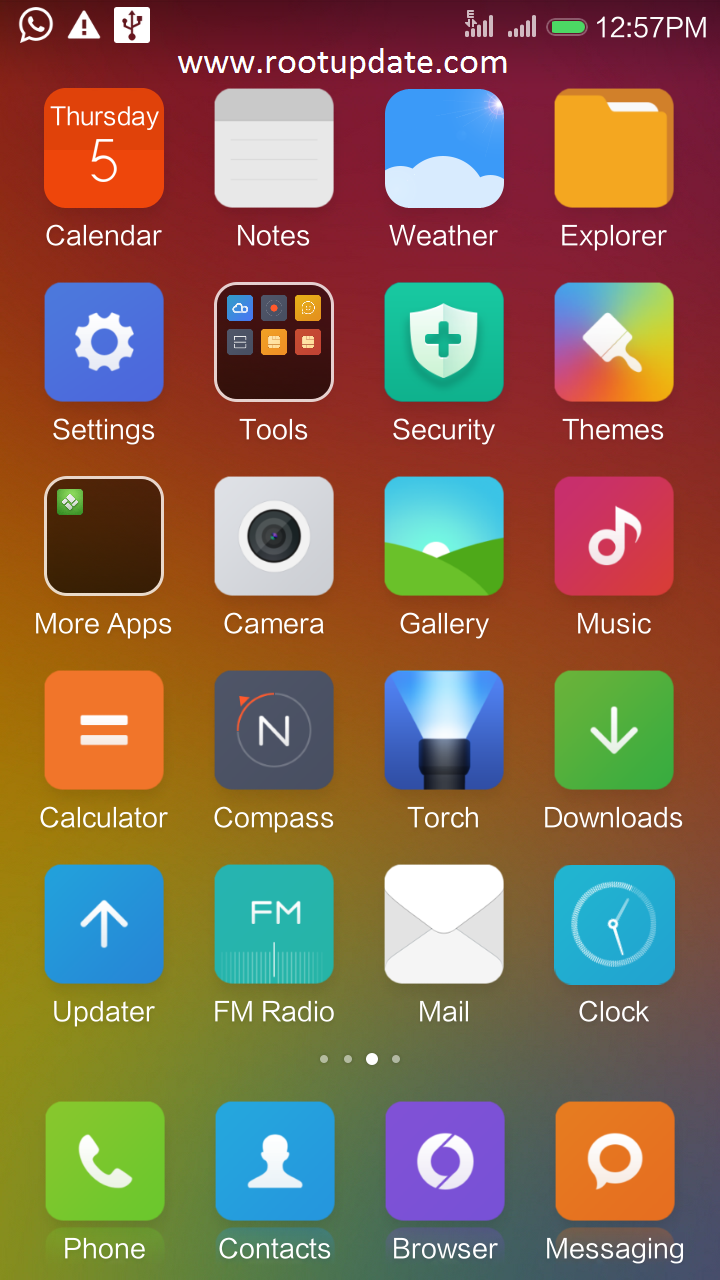



However, users can change their OS or upgrade to a newer version of the operating system for better device performance. Most operating systems come pre-installed on the device. Process management: The operating system allocates space to enable computer processes, such as storing and sharing information. User interface: This part of an operating system, also known as UI, allows users to enter and receive information. Loading and execution: An operating system starts and executes a program.ĭrive/disk management: An operating system manages computer drives and divides disks.ĭevice control: An operating system enables you to allow or block access to devices. Memory management: An operating system coordinates computer applications and allocates space to different programs installed in the computer.ĭata security: An operating system protects your data from cyberattacks. A shell script is a sequence of system commands that are stored in a file.īasic functions of an operating system include:īooting: An operating system manages the startup of a device. The shell communicates with the operating system by either taking the input from the user or a shell script. The shell is the outer layer that manages the interaction between the user and the OS. It handles input-output management, memory and process management. The kernel is the core inner component that processes data at the hardware level. Operating systems use two components to manage computer programs and applications: This software allows users to communicate with the device and perform the desired functions. An operating system (OS) is a type of software interface between the user and the device hardware.


 0 kommentar(er)
0 kommentar(er)
